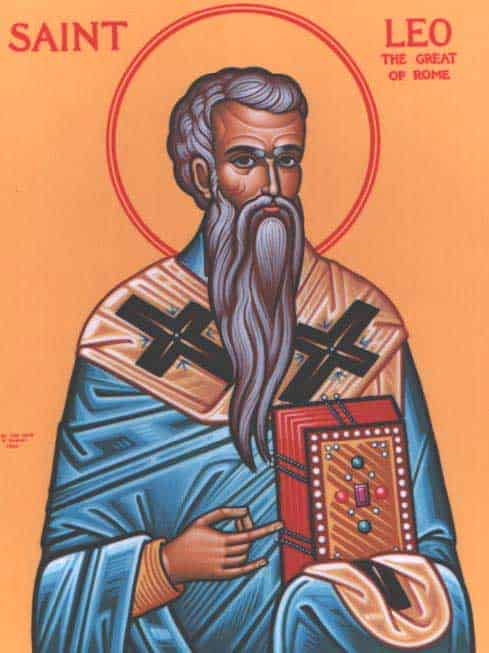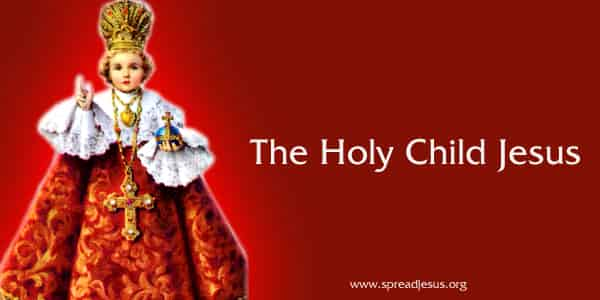Saint Leo I-Pope Catholic Saint
CATHOLIC SAINTS 28-12-2023, 19:39

Saint Leo I-Pope
Catholic Saint
st.Leo I-Pope and Doctor of the Church Also known as: Leo the Great
Feast Day : November 10 (formerly April 11); February 18 (Eastern Church)
Patronage: choristers; musicians
Leo was born in Tuscany, or perhaps in Rome of Tuscan parents. He entered the Roman Church and became a deacon under Pope St. Celestine I (r. 422–432). During the pontificate of St. Sixtus III (r. 422–440), Emperor Valentinian III sent him to Gaul to settle a dispute between the chief military commander, Aëtius, and the chief magistrate, Albinus, whose quarrels were leaving the province open to attack. While he was with the two men, a deputation arrived to announce the death of Sixtus and his own election to the Chair of St. Peter. Leo returned to Rome and was consecrated on September 29, 440. He began his pastoral duties with a series of 96 stillextant sermons on faith, encouraging various acts of charity, elaborating on Christian doctrine, defending papal primacy in the jurisdiction of the Church, and strenuously opposing the heresies of Manichaeanism, Pelagianism, Priscillianism and Nestorianism. Later in his papacy he argued against the teachings of Eutyches, who held that Jesus had but a single nature, his human nature being subsumed by his divine nature; the orthodox view was that Jesus had a dual nature. The Council of Chalcedon in 451 not only agreed with him but also recognized his ruling as “the voice of St. Peter,” thus affirming Rome’s leading role in the universal Church.
However, the council also gave the Church of Constantinople a dignity second only to Rome and thus above those of Alexandria and Antioch (both of which had been founded by apostles of Jesus), something Leo refused to accept. After Attila the Hun plundered Milan and destroyed Pavia in 452, the emperor sent Leo as part of a delegation to meet him and offer an annual tribute if he would withdraw from Italy; Attila accepted, and so Rome was saved. Unfortunately, Leo could not stop the North African Vandals from sacking the city in 455, though he did manage to get them to desist before they had burned it and killed its inhabitants. The Vandals took captives, however, and after their departure, Leo dispatched missionary priests with money to minister to the captives and to purchase their freedom.
Leo died in Rome on November 10, 461, and was buried in the vestibule of St. Peter’s in the Vatican. In 688, Pope St. Sergius I (r. 687–701) had his relics translated to the basilica itself and a special altar erected over them. In art, Leo is depicted as a pope with a dragon near him. He is also shown with SS. Peter and Paul; with St. Peter giving him the pallium; with angels surrounding him; meeting Attila the Hun at the gates of Rome; on horseback, with Attila and his soldiers kneeling before him; and praying at the tomb of St. Peter.
.jpg)
The Gospel According to Mark Chapter 6:1-56 Mark 6:1 He departed from there and came to his native place,...
Learn more.jpg)
The Gospel According to Matthew Chapter 24:1-51 Matthew 24:1 Jesus left the temple area and was going away,...
Learn more
The Book of Ecclesiastes Chapter-1 Ecclesiastes 1:1 The words of Ecclesiastes, the son of David, the king of...
Learn more


